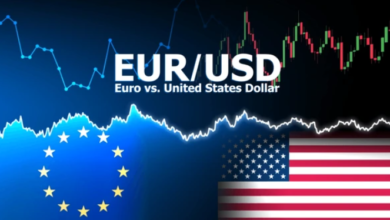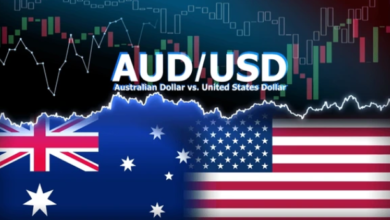- USD/JPY slides below 146.00 as the US Dollar retraces significantly due to soft US inflation data for April.
- The Fed is expected to keep interest rates steady in the July meeting.
- BoJ’s Uchida is confident of stable wage growth and inflation despite US tariffs-led global economic uncertainty.
The USD/JPY pair plunges to near 145.80 during European trading hours on Wednesday. The pair faces a sharp sell-off as the US Dollar (USD) has been hit hard by the soft United States (US) Consumer Price Index (CPI) data for April.
The US Dollar Index (DXY), which tracks the Greenback’s value against six major currencies, extends its correction from the monthly high of 102.00 to near 100.50. The data showed on Tuesday that the US headline inflation fell to 2.3%, the lowest level seen since February 2021.
On Tuesday, Chicago Fed Bank President Austan Goolsbee expressed confidence that soft inflation and agreement between the US and China to reduce tariffs substantially paint a brighter inflation outlook, which could allow the central bank to lower interest rates, USA Today reported.
However, traders have not pared bets supporting the Federal Reserve (Fed) to leave interest rates steady in the current range of 4.25%-4.50% in the July policy meeting.
According to the CME FedWatch tool, the probability of the Fed keeping interest rates steady in the range of 4.25%-4.50% in July is marginally down to 63.3% from 65.1% seen on Tuesday.
Meanwhile, the Japanese Yen (JPY) performs strongly across the board as hopes of interest rate hikes by the Bank of Japan (BoJ) in the near term remain alive. BoJ Deputy Governor Shinichi Uchida is confident of sustained wage growth and inflation despite global economic uncertainty due to the fallout of US tariffs, Reuters reported.
Japanese Yen PRICE Today
The table below shows the percentage change of Japanese Yen (JPY) against listed major currencies today. Japanese Yen was the strongest against the US Dollar.
| USD | EUR | GBP | JPY | CAD | AUD | NZD | CHF | |
|---|---|---|---|---|---|---|---|---|
| USD | -0.43% | -0.27% | -1.07% | -0.08% | -0.09% | -0.24% | -0.56% | |
| EUR | 0.43% | 0.16% | -0.64% | 0.35% | 0.36% | 0.17% | -0.12% | |
| GBP | 0.27% | -0.16% | -0.82% | 0.19% | 0.19% | 0.00% | -0.28% | |
| JPY | 1.07% | 0.64% | 0.82% | 0.98% | 0.99% | 0.81% | 0.50% | |
| CAD | 0.08% | -0.35% | -0.19% | -0.98% | -0.00% | -0.16% | -0.47% | |
| AUD | 0.09% | -0.36% | -0.19% | -0.99% | 0.00% | -0.16% | -0.49% | |
| NZD | 0.24% | -0.17% | -0.01% | -0.81% | 0.16% | 0.16% | -0.31% | |
| CHF | 0.56% | 0.12% | 0.28% | -0.50% | 0.47% | 0.49% | 0.31% |
The heat map shows percentage changes of major currencies against each other. The base currency is picked from the left column, while the quote currency is picked from the top row. For example, if you pick the Japanese Yen from the left column and move along the horizontal line to the US Dollar, the percentage change displayed in the box will represent JPY (base)/USD (quote).
Japan’s underlying inflation and medium- to long-term inflation expectations are likely to temporarily stagnate. But even during that period, wages are expected to continue rising as Japan’s job market is very tight, Uchida said.







